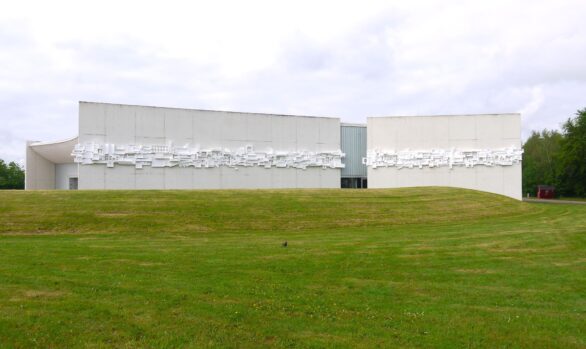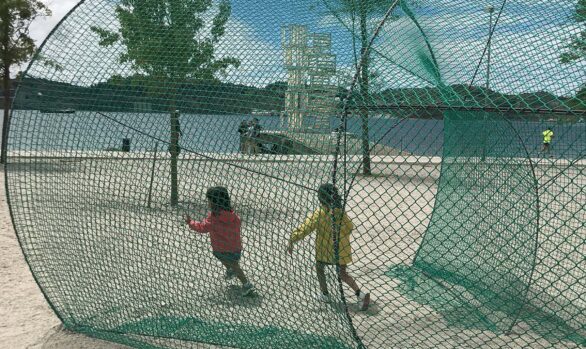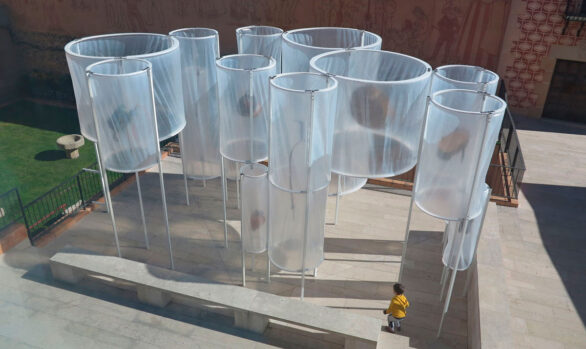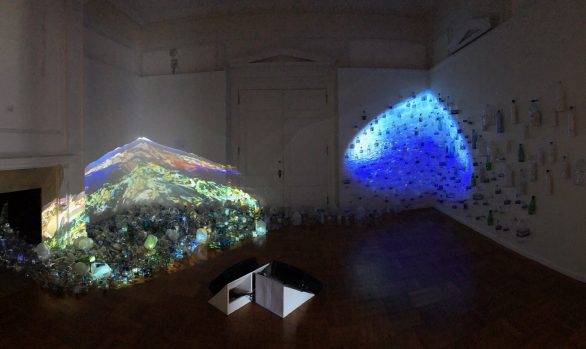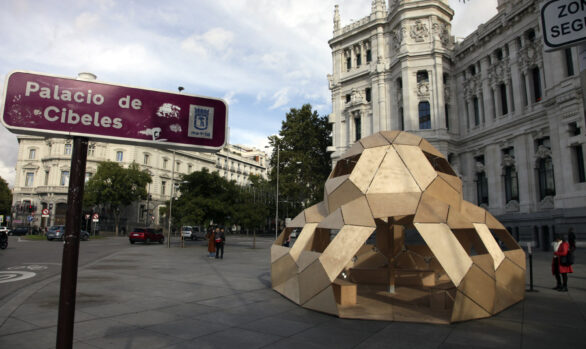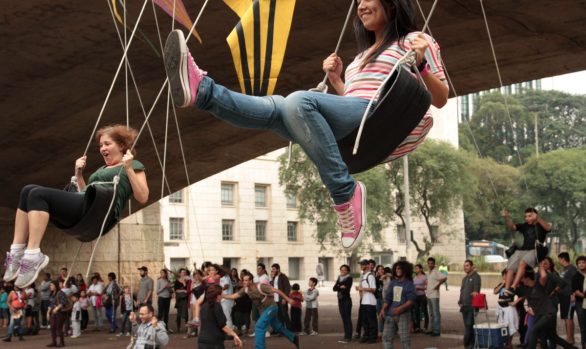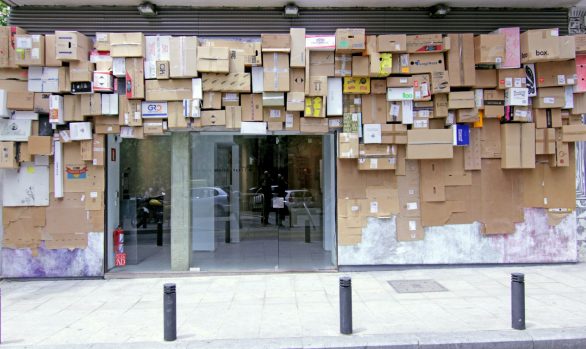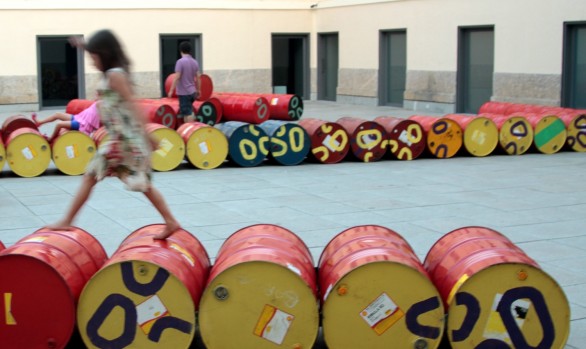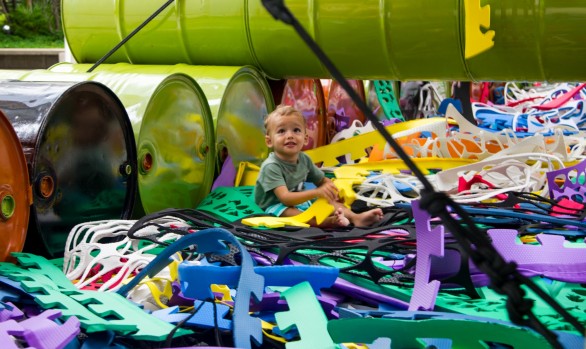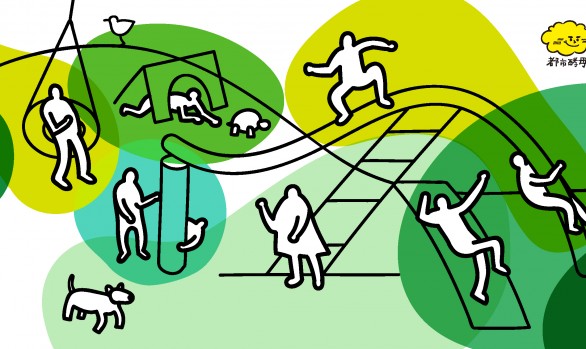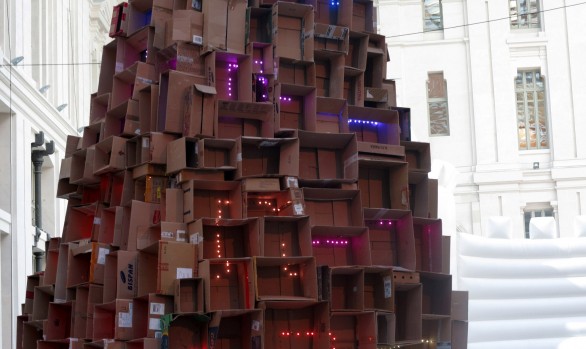Scion
Exhibition / InstallationScion is the beginning of an investigation into the forms of production of the plant species with which we cohabit in our most intimate environments, in our homes, but also into the forms of care, of exchange, of relationship… that unite and unite us, the human caretakers, with our plants. Enhancing these multi-species relationships that go unnoticed could be the pillars of a change in the relational paradigm in the city.
The research has been developed together with students of the Department of Visual Culture of the Technical University of Vienna during the seminar Plantare (PLANT + cARE) and other citizens of Vienna. The result and the work of the students can be seen in this magazine published specifically to accompany the installation.
Scion is part of the group exhibition Bordering Plants curated by Carmen Lael Hines, Roberto Majano and Adam Hudec for the Gallery of the Vienna Academy of Fine Arts and with exhibition design by Bilal Alame and Joanna Zabielska.
Boardering Plants will consider, through critical transdisciplinary work, how plants interrogate, affirm or question notions of the border. Interpreting borders not as a stagnant entity, but, to quote Brett Neilson and Sandro Mezzadra, as a ‘methodology’ and an ‘epistemic standpoint’ for thinking about ‘shaped’ and ‘re-shaped’ relationships, (…) of tension and conflict, partition and connection, traversal and barricade, life and death’. The border thus becomes not a fact, but a methodological perspective that suggests something binary, on various scales.
All our relationships with plants should be symbiotic, collaborative relationships, for our survival depends on theirs, and it is this sometimes invisible link that Scion reflects on. The project is an investigation into the forms of production of the plant species with which we cohabit in our most intimate environments, in our homes, but also into the forms of care, of exchange, of relationship, that unite and unite us, the human caretakers, with their plants.
The project aims to investigate and analyse the production systems of indoor or retail plant species, to understand their mode of production, times, forms, techniques, etc., as well as their subsequent distribution. To understand the systems of production and consumption, to make the invisible visible, to become aware of the global implications of everyday acts of consumption. Contrast these plants, which generally come from large greenhouses. These places are like production factories, spaces for the chain replication of living plant beings. Greenhouses currently do not sow but replicate species using agricultural techniques such as cuttings, which means that practically all the plants sold are genetically identical (clones), and therefore the majority of the population of a specific place can be caring for exactly the same plant. Human beings united through the care of the same plant species, invisible links of relationship that the project aims to visualise in order to promote these multi-species relationships that go unnoticed but which could be the pillars of a change in the relational paradigm in the city.

